Understanding Dental Aesthetics
In the realm of dental aesthetics, patients are often faced with a myriad of choices, ranging from porcelain crowns to full porcelain options and, notably, dental veneers. While many are left bewildered by these myriad procedures, it has been widely noted that dental veneers stand out as a remarkably effective solution. So, what exactly are the advantages of dental veneers compared to porcelain crowns?
The Need for Dental Restoration
For many, the desire for a beautiful smile can stem from numerous dental issues, including fluorosis or tetracycline stains. These imperfections pose a challenge, but with various restoration methods available, it is crucial to choose wisely. To appreciate the advantages of dental veneers over porcelain crowns, we must first understand what porcelain crowns entail.
Understanding Porcelain Crowns
Porcelain crowns involve a meticulous process: the dentist will first reduce the size of the tooth to create space for the crown. After taking an impression, a stone model is made, and a metal base approximately 0.3 to 0.5 mm thick is crafted. This base is then meticulously layered with four coats of porcelain, baked at high temperatures to achieve durability and aesthetics that closely mimic natural teeth. As a result, these crowns are resistant to staining, comfortable, and aesthetically pleasing, making them a popular long-term restoration option for patients with tetracycline stains, fluorosis, or chipped teeth. However, the significant enamel reduction required often raises concerns and apprehensions among patients regarding the procedure.
Exploring Dental Veneers
Now, let’s delve into dental veneers and their unique advantages. veneers require only a minimal preparation—approximately 0.7 mm of enamel is removed from the front surface of the teeth, after which a ceramic material is bonded to restore both color and shape. The primary appeal of veneers lies in their conservation of tooth structure; they contribute to a healthier smile with minimal invasiveness. This approach is especially suitable for addressing fluorosis, mild tetracycline stains, discoloration, or minor damage to the anterior teeth.
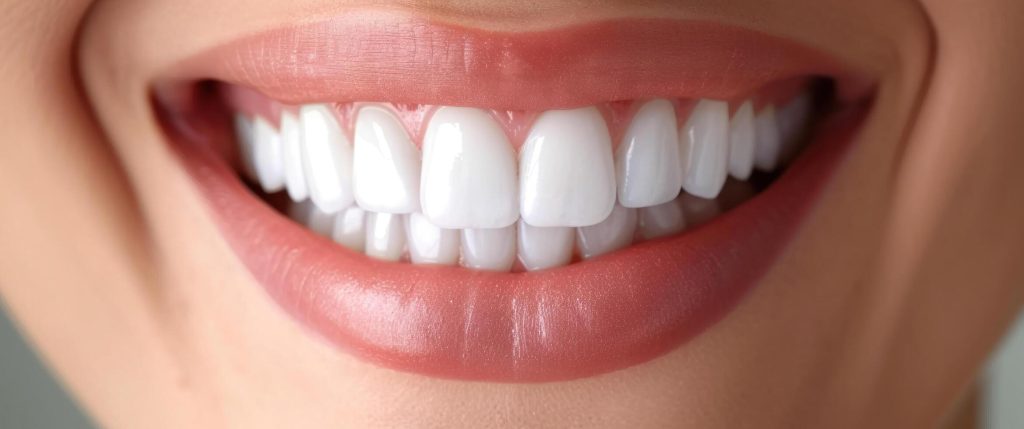
Advantages of Dental Veneers Over Porcelain Crowns
One cannot overlook the array of benefits that dental veneers offer. Their thin and custom-made design allows them to be applied seamlessly over the frontal and lateral aspects of the teeth. Veneers serve multiple purposes, correcting superficial flaws, repairing cracks, and enhancing the shape of the teeth. Furthermore, they can even elongate teeth that appear shorter than desired. In a typical two-appointment process, the first visit involves tooth preparation, followed by a waiting period of 1 to 3 weeks before the actual veneers are bonded. This two-step methodology highlights another significant advantage: the preservation of natural tooth structure. When preparing for veneers, only a minimal amount of enamel is sacrificed, ensuring the teeth retain their integrity better than with crowns.
Maintaining Oral Hygiene After Veneer Placement
Post-treatment care is vital for the longevity of dental veneers. Patients must adhere to their usual oral hygiene routines, including regular brushing and flossing, to maintain the health of their teeth. It is also advisable to consult the dentist regarding dietary restrictions to ensure the veneers remain intact and visually appealing throughout their lifespan.
Conclusion
In conclusion, the choice between dental veneers and porcelain crowns ultimately hinges on the specific needs and preferences of the individual patient. Understanding the advantages of dental veneers—such as minimal enamel reduction, aesthetic appeal, and versatility—can empower patients to make informed decisions regarding their dental health and ultimately lead them to a more radiant smile.

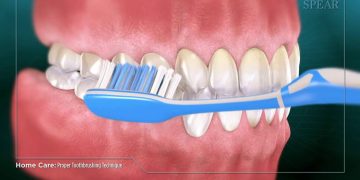
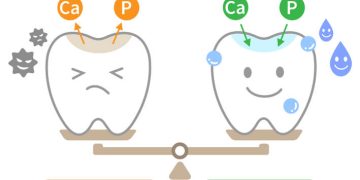
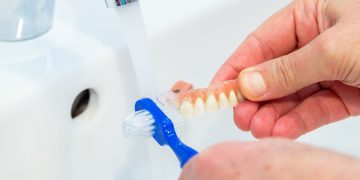




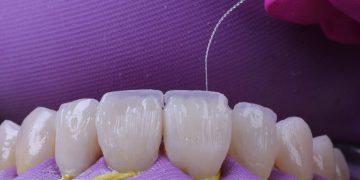
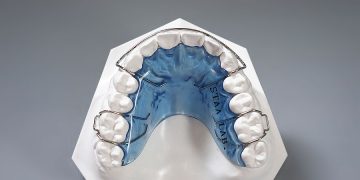

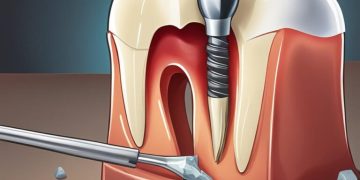



















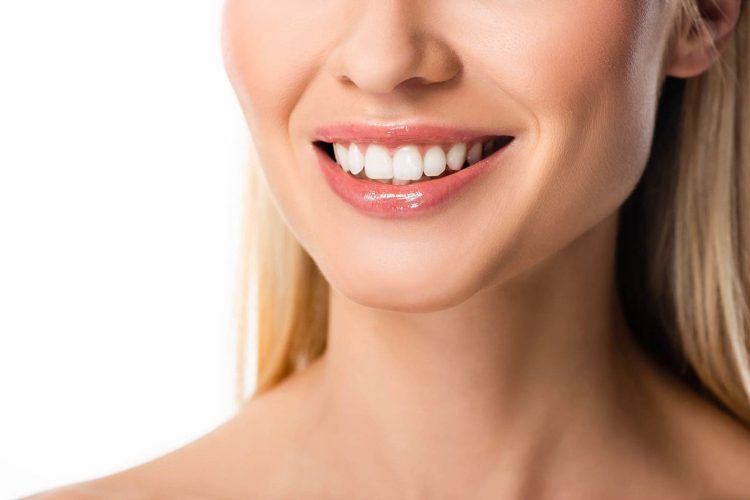













Discussion about this post